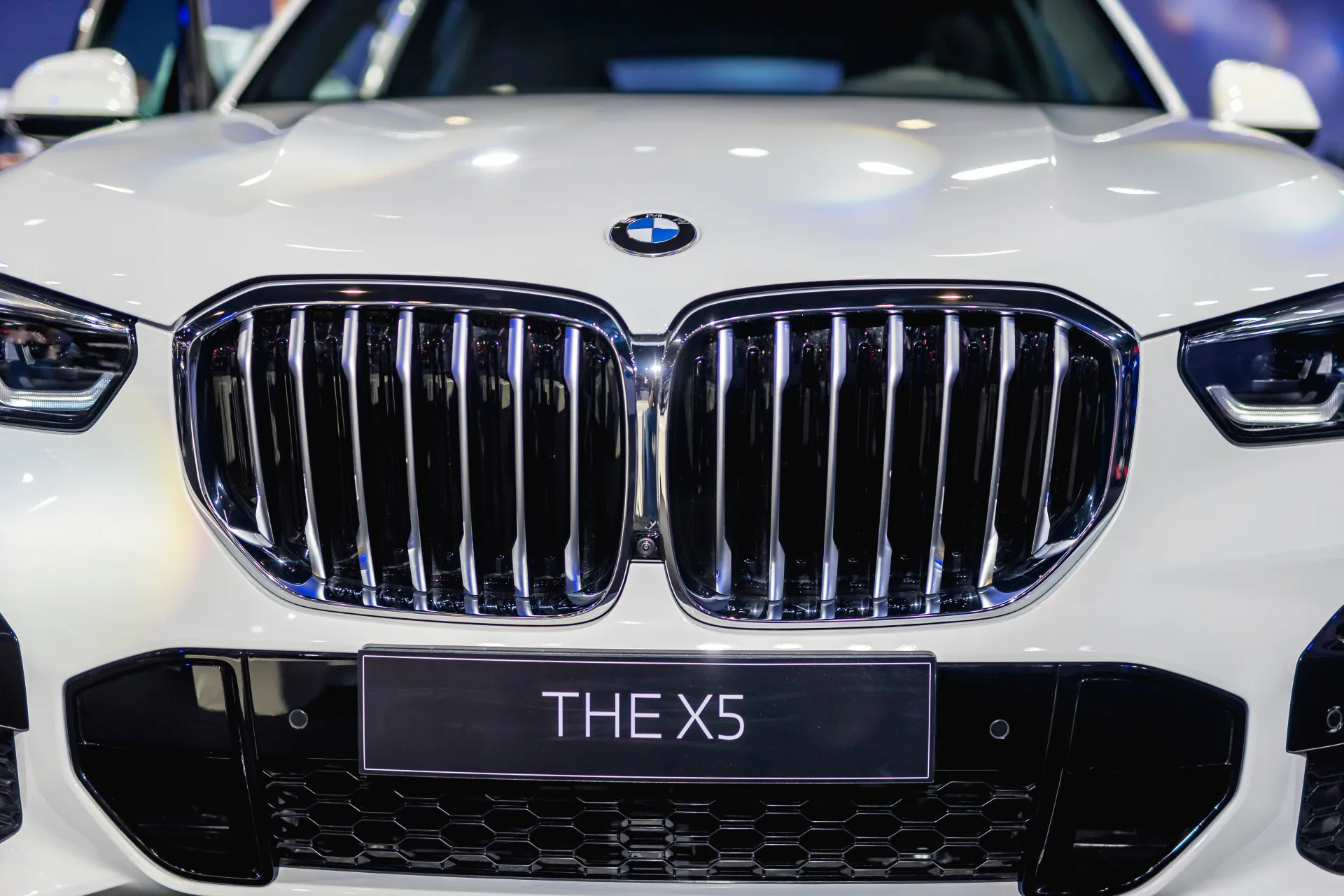
The BMW X5 is a mid-size luxury SUV made by the German automaker. It’s been in production since 2000 when it was known as the E53. It was the luxury manufacturer’s first SUV model, and it came standard with all-wheel drive. There have been more than one million X5 models sold in the United States, with the most popular models from 2014 to the present.
You don’t want to buy a used BMW X5 without first checking into the reliability, as some are clearly considered the best and worst. We put a massive amount of data together to help you figure out which models rate higher than the others. This data also helps you determine if it’s time to sell a used X5.
Where does the data come from? We used the thousands of FIXD car scanners that owners installed in their BMW X5 SUVs. This information is combined with the survey results from X5 owners. While this provides a pretty clear picture, we also include the safety ratings, KBB values, NHTSA recalls, fuel economy numbers, and repair estimates to bring it all into the light.
|
Best Years |
Why? |
|
Highest reliability ratings, minimal chance of expensive repair bills |
|
|
Great reliability scores, average cost of ownership |
|
|
Good reliability ratings, high safety score |
|
|
Top choice by drivers, reasonable chance that there won’t be major repairs involved |
|
Worst Years |
Why? |
|
Higher cost of ownership, extreme likelihood of engine troubles |
|
|
Lower reliability scores, high cost of ownership, trouble with expensive mechanical repairs |
|
|
Low reliability ratings, less room for expensive repairs because of reduced resale value |
|
|
Average reliability ratings, minimal cost of ownership, but increased chance of expensive repairs |
BMW X5 Engine Reliability Score, Safety Ratings, MPG, and Value v.s. Maintenance & Repair Costs – Year by Year
We’ve prepared to show you everything we could find on the BMW X5 models. Our simple-to-read charts show you the ratings that matter the most, and we offer a breakdown of the data to make it clearer. After looking at all of the information, you shouldn’t have trouble choosing a good BMW X5 SUV based on your needs. Let’s look together at the owner ratings, reliability scores, fuel economy ratings, safety rankings, and average maintenance/repair costs.
While you are at it, you may consider looking at the BMW X6 or the Cadillac SRX.
If you’re in the market for a car, take a look at our article on the USA’s most reliable and cheapest to repair cars in the U.S. Don’t get stuck with a lemon, use our data to help you shop.
Engine Reliability Score – Over The Years
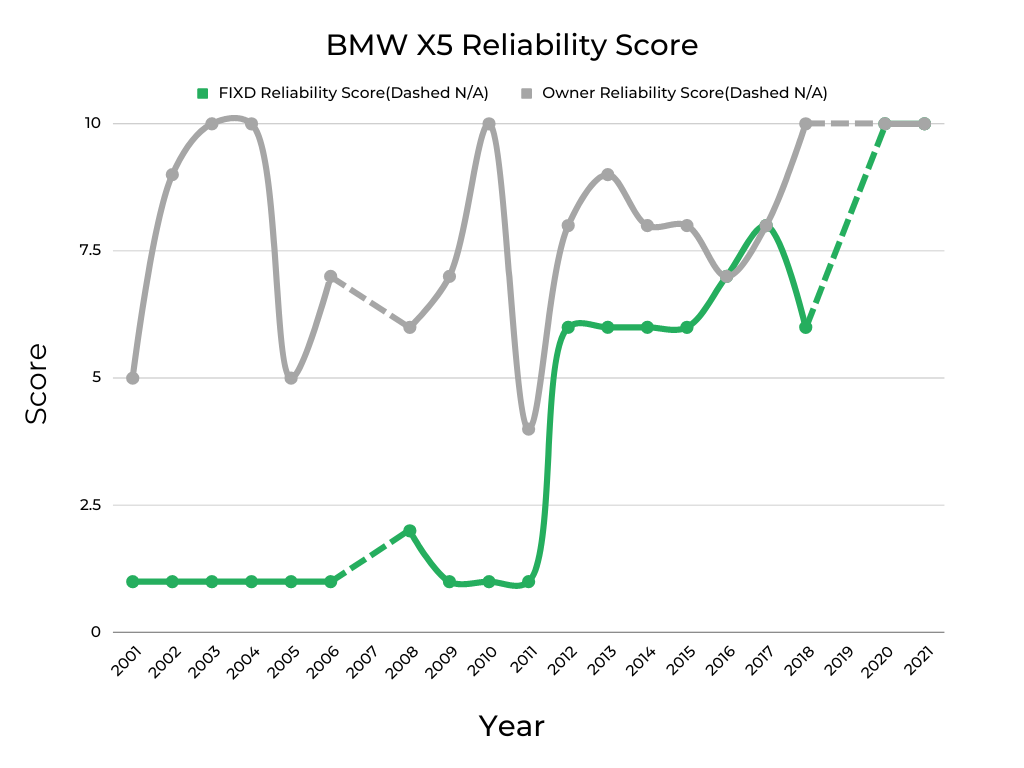
It’s important that you see the full picture of the X5’s reliability. That’s why we’ve put together two differing factors for you to examine. Our ratings include these two pieces of information, put in the chart for a quick evaluation:
- The FIXD Reliability score (Green line) – all of this information is sourced from the check engine lights set by BMW X5 SUVs over 12,000 miles of driving (1 year’s worth of driving).
- The Owner Reliability score (Gray line) – a compiled score of answers from BMW X5 owners in our survey.
The reliability ratings are set between 1 and 10, used by all BMW X5 models. A score of 10 is considered the best it can get, while 1 is the worst. If we reveal a rating of 5, it’s considered on the average scale.
The newer SUV models tend to be more reliable overall. Yet, we needed to remove the 2003-2004, 2007, 2011, 2019, and 2021 X5 models from our rankings because these years lacked data. If there had been more respondents, rankings could have been drastically different.
After you read through the average reliability information, and other data to determine which X5 model you want, there’s one more thing for you to do. Read the most common reasons for the Check Engine Light on BMW X5 SUVs before you decide which one to purchase.
NHTSA Safety Score – Over The Years
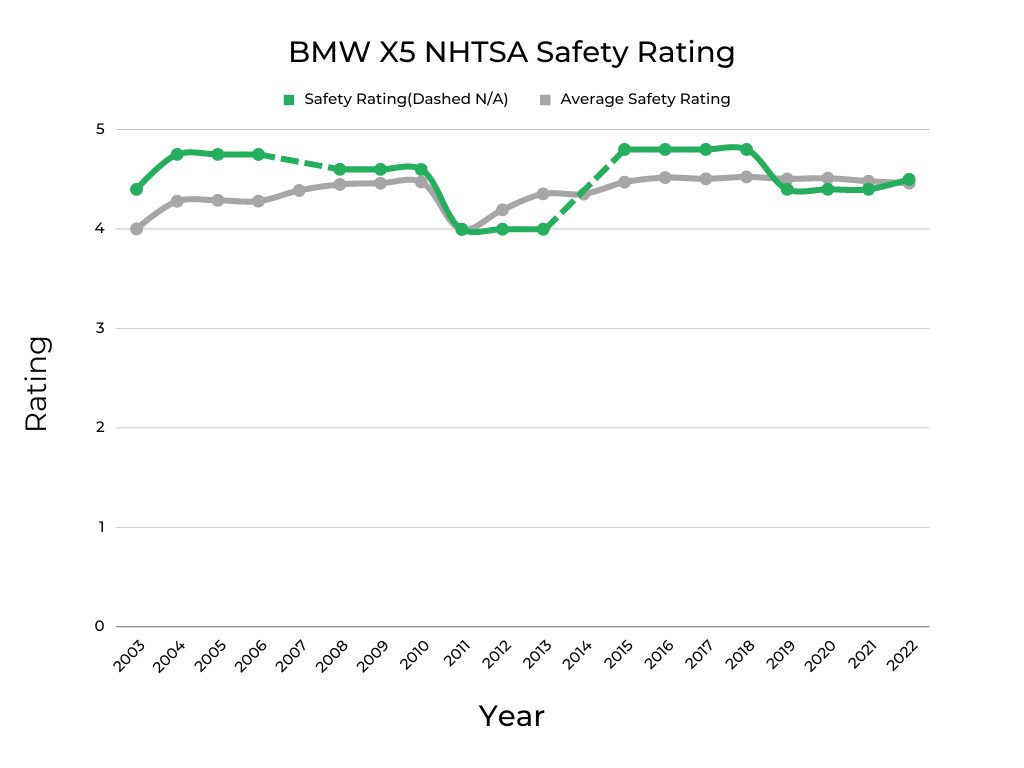
The National Highway Transportation Safety Administration (NHTSA) is a federal government agency responsible for crash testing most passenger vehicles in America. These safety scores show which cars are the best choice for busy families.
All of the average safety scores on BMW X5 models are graphed above. The green line shows the average safety scores for X5 SUVs, with the gray line revealing the averages across all vehicles that we have data for.
For the most part, BMW X5 models are rated at the average or higher. The exceptions to this rule are the 2011-2013 and 2019-2021 years. However, these models don’t fall much below the average.
If you hope to spend as little as possible on your X5, you want cheap car insurance on the luxury SUV. The higher the safety scores are, the better your chance is for lower rates.
If you live in one of the states listed below, we can show you the cheapest vehicles to insure in yours.
| What Used Cars Are the Cheapest To Insure In: |
| Ohio |
| North Carolina |
| Michigan |
| Georgia |
| Texas |
| New York |
| Illinois |
| Pennsylvania |
| California |
MPG – Over The Years
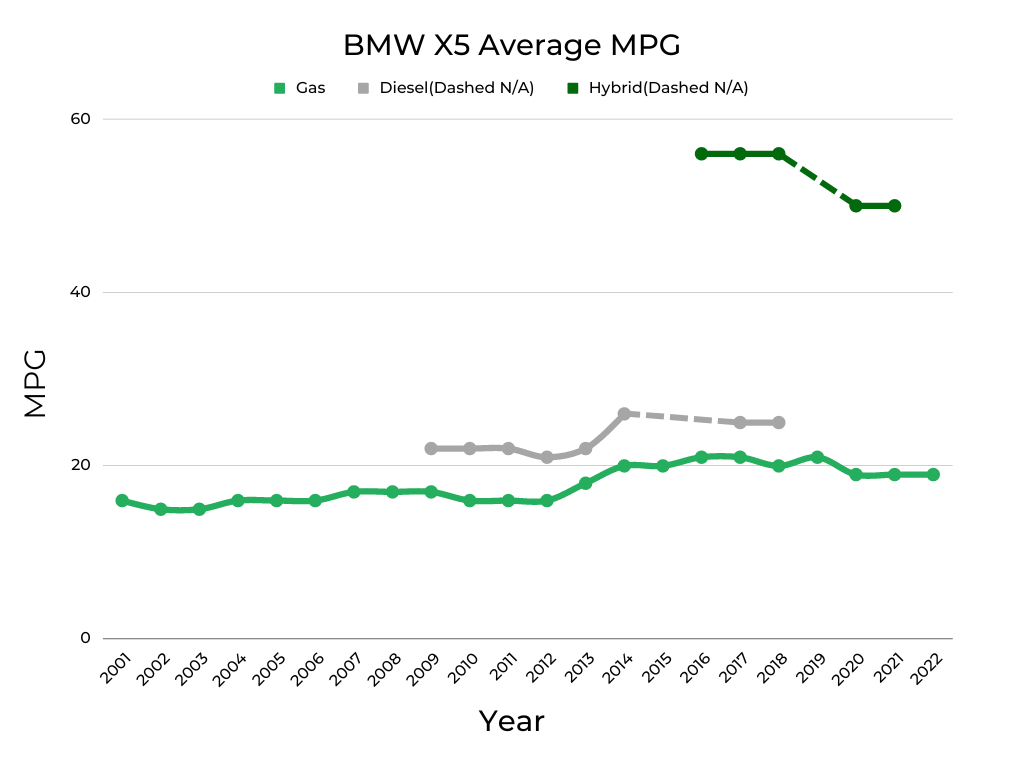
The BMW X5 is a luxury SUV with plenty of options for a fuel-efficient ride. Additionally, various configurations have been offered through the years, with some gas- and diesel-powered models, along with a hybrid variant.
Our graph shows you the average BMW X5 fuel economy ratings based on the model year. This information was sourced from fueleconomy.gov. The light green line gives you the average rankings on the gas-powered models. You can see the gray line for the diesel rankings and the dark green line for hybrid models.
Based on this data, the best fuel economy per powertrain is considered the 2016-2017 and 2021 gas models (21 mpg), the 2014 diesel models (26 mpg), and the 2016-2018 hybrid models (56 mpg).
Current Market Value of All BMW X5 Years & Cost Per Year to Repair and Maintain Each
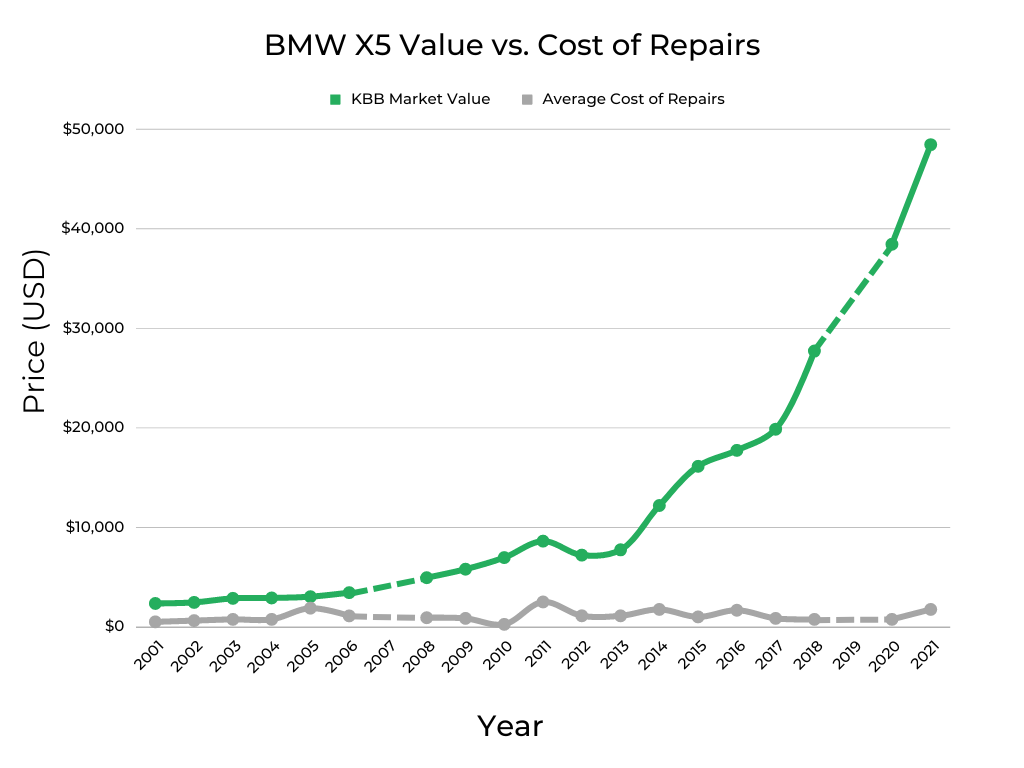
The BMW X5 is a luxury SUV with a higher price tag than some comparable options. Even the older models can still be worth a good amount. However, the average resale value depends on the model year, features, mileage, and desired trim level. For that reason, you should always run your own KBB value report before buying or selling an X5.
Beyond the resale value, the cost of maintenance and repairs is also higher than your standard SUV. With luxury parts, it will naturally cost more to own this vehicle. That’s a consideration to keep in mind when purchasing a used X5.
If you aren’t sure which option to choose between two X5 SUVs, you may prefer the newer option, as long as it’s considered reliable. The newer a model is, the more likely it is to last longer. Plus, it probably comes with some upgraded technology over the older model.
When shopping for a used BMW X5, it’s important to keep in mind that not all vehicles are cared for equally. To protect yourself from lemons, take along a FIXD Sensor on your test drive. FIXD connects to a free app on your smartphone to tell you more about the vehicle you’re checking out, including check engine lights and other hidden issues that the owner or dealership may be attempting to hide. Click here to learn more and get FIXD for only $19.99 (regular price $59)!
Important Features Timeline

2000: Brand-new SAV (Sport Activity Vehicle) powered by the same V8 engine in the 540i
2001: Lower-priced variant added with a 3.0L inline-six engine, Sport Package includes 16-way power front seats and a sport steering wheel, newly standard self-leveling rear suspension added on all models
2002: 4.6L V8 variant added to make 340 horsepower, 4.4L V8 upgraded to push out 290 horsepower, CD player becomes standard equipment
2003: Available DVD-based navigation offered, standard rear head protection airbags added, Dakota leather replaces the Montana leather upholstery option
2004: X5 4.6L discontinued, 3.0 and 4.4i receive standard all-wheel drive (xDrive), new six-speed manual transmission standard with 3.0i models, while six-speed automatic is standard with 4.4i models, both models have available Sirius Satellite Radio and Bluetooth connectivity
2005: Automatic climate control and front lumbar support become standard, 4.4i model earns standard park distance control, available auto-dimming rearview mirror includes a digital compass
2006: Remains mostly unchanged
2007: Start of 2nd generation is larger and offers an optional third-row for seven-passenger seating
2008: Standard sunroof included with all models, optional power tailgate released
2009: Available twin-turbo diesel engine debuts
2010: Standard HD Radio released, available top-view parking camera arrives
2011: Powertrain updates include a 300-horsepower turbo-six with the base model and a new 4.4L twin-turbo V8 (same in the 7 series). Eight-speed automatic transmission is standard with everything but the diesel powertrains
2012: Minor reshuffling of standard features; xDrive50i has a standard navigation system
2013: M Performance package revealed, 15 hp added to xDrive 35i models and 40 hp to xDrive 50i models
2014: Start of 3rd generation sees a redesign
2015: Minor shuffling of equipment, adjustments made to transmission to improve performance and fuel efficiency
2016: xDrive40e plug-in hybrid released with a lithium-ion battery pack and turbo-four engine
2017: Active Steering option discontinued, wireless charging pad and Wi-Fi hot spot released
2018: M Sport package comes standard with Premium package features
2019: Start of 4th generation sees a redesign
2020: V8 M50i model joins the lineup
2021: xDrive45e plug-in hybrid model released, xDrive50i discontinued, standard Android Auto included
2022: Black Vermilion Edition released with unique paint and styling, newly available Climate Comfort package
The Best Years of the BMW X5
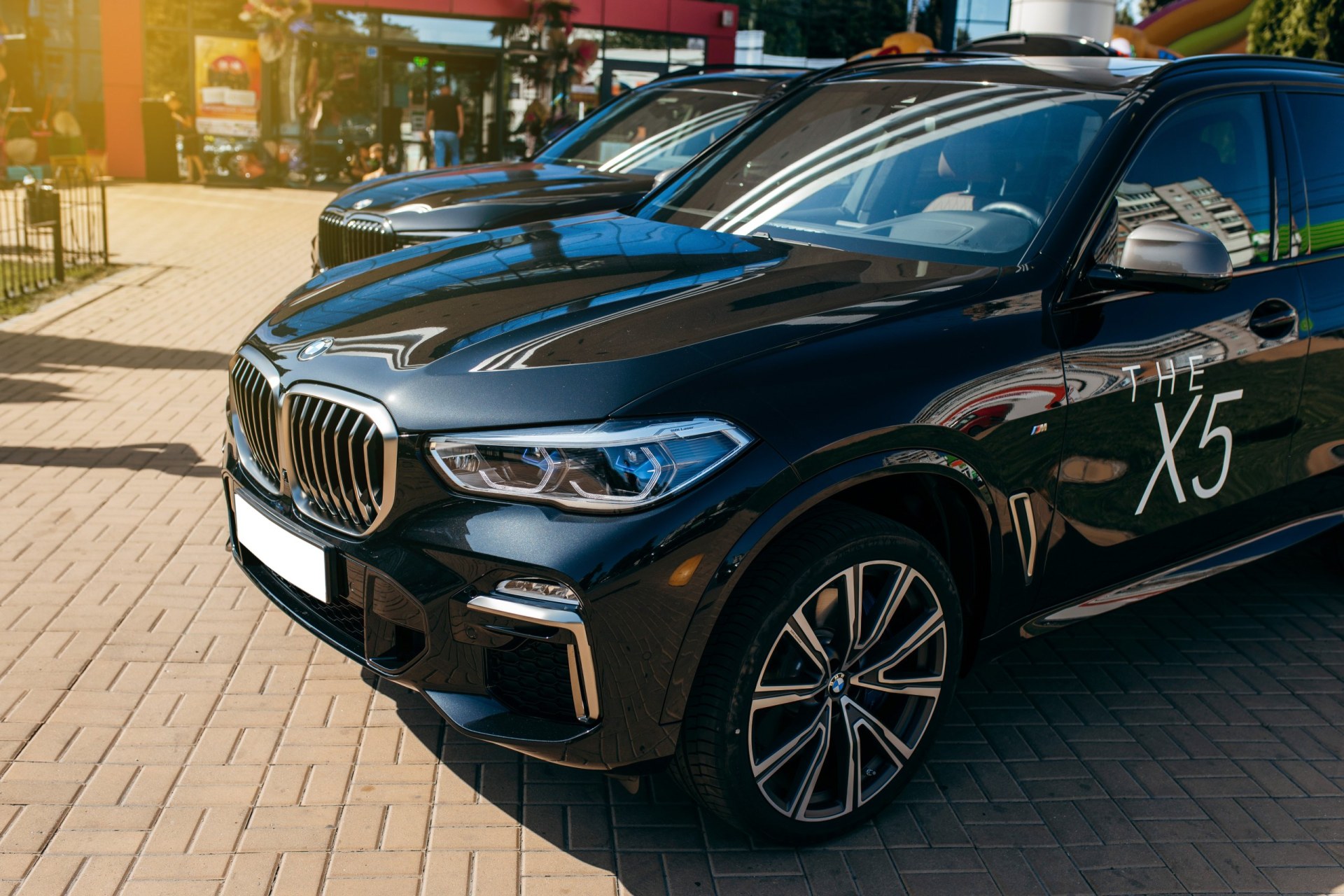
We determined the best BMW X5 models using the FIXD Reliability Ratings and Owner Information Scores. We combine this information with the common trouble code data, safety ratings, fuel economy scores, and the average cost of ownership. We also include the recalls from the National Highway Traffic Safety Administration (NHTSA) so you know more about the safety of each model.
With the Best & Worst BMW X5 list, we took out the 2003-2004, 2007, 2011, 2019, and 2021 models due to a lack of data. With just a couple more respondents, the ratings could have become dramatically different, so it’s best to keep them out of the mix. If you want to buy one of these, you may be able to group it with similar models from the same generation to see how they perform.
2020 BMW X5
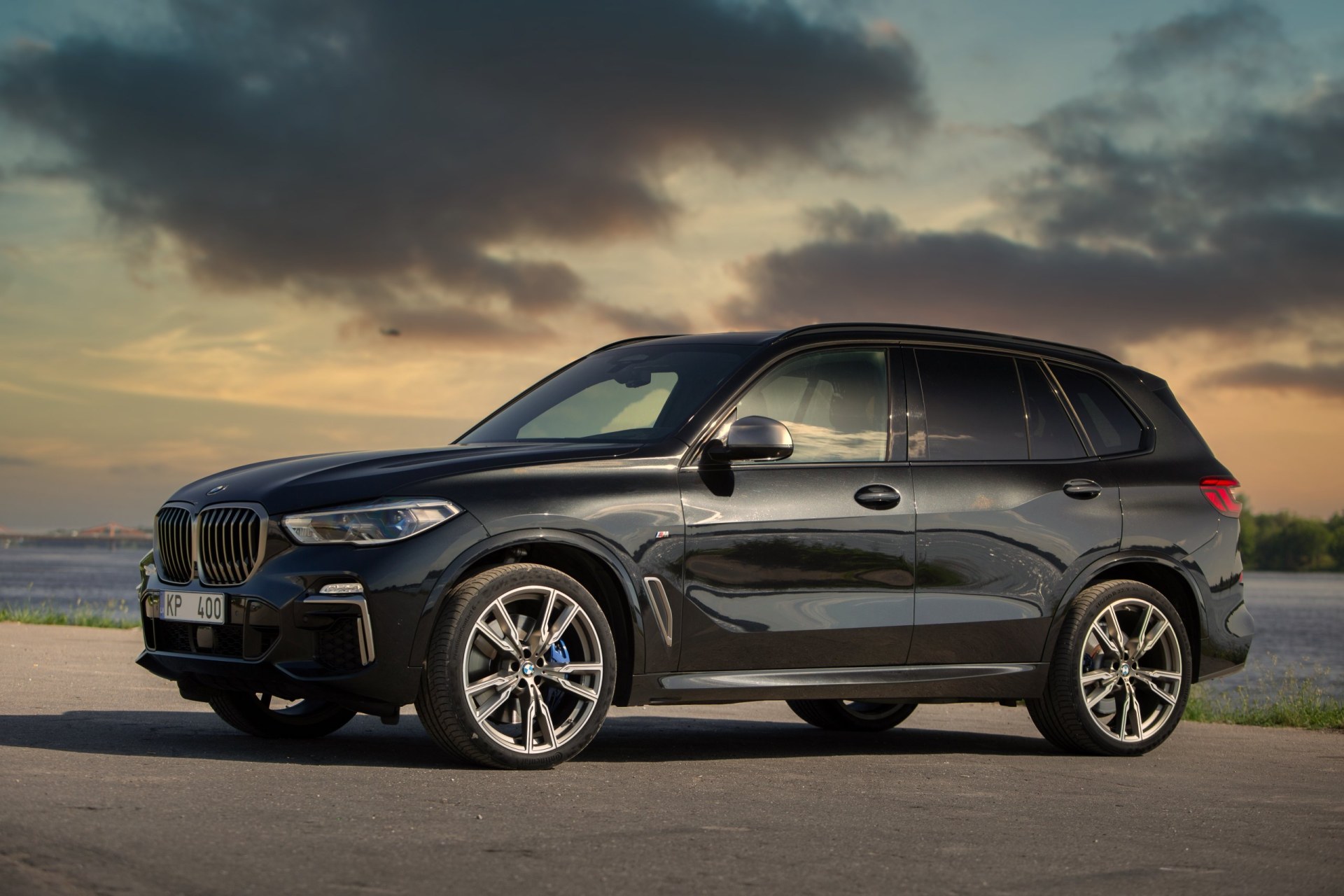
FIXD Reliability Score: 10/10
Owner Reliability Score: 10/10
KBB Value: $38,442
Fuel Economy: 19 mpg (gas)
Annual Maintenance/Repair: $750
Safety Rating: 4.4/5
The ratings don’t get any better than they are with the 2020 BMW X5. This luxury SUV is considered extremely reliable and has a reasonable cost of ownership.
The Owner Reliability score of the 2020 BMW X5 is a perfect 10 out of 10. With the FIXD Reliability score, the 2020 BMW X5 earns another perfect 10 out of 10.
The 2020 BMW X5 features a crash test rating of 4.4 (out of 5). While considered below average, it’s still a decent score.
This X5 model only comes in a gas-powered variant. However, it achieves an average of 19 mpg.
We also can’t complain about the cost of ownership. On average, owners spend $750 a year, which is decent for a luxury model. BMW offers both 4-year/50,000-mile limited and powertrain warranties, so these plans would still cover this model, thereby reducing the costs temporarily.
The most common code on the 2020 BMW X5 is the Active Grille Shutter Malfunction (P05AF) code. This problem seems to correspond with the Active Grill Air Shutter ‘A’ Stuck On (P05A0) DTC. There’s also an issue with the Evaporative Emission Control System Leak Small (P0456) code. These issues may need to be diagnosed and repaired by a professional mechanic.
The 2020 BMW X5 has nine recalls and one investigation from the NHTSA.
2017-2018 BMW X5
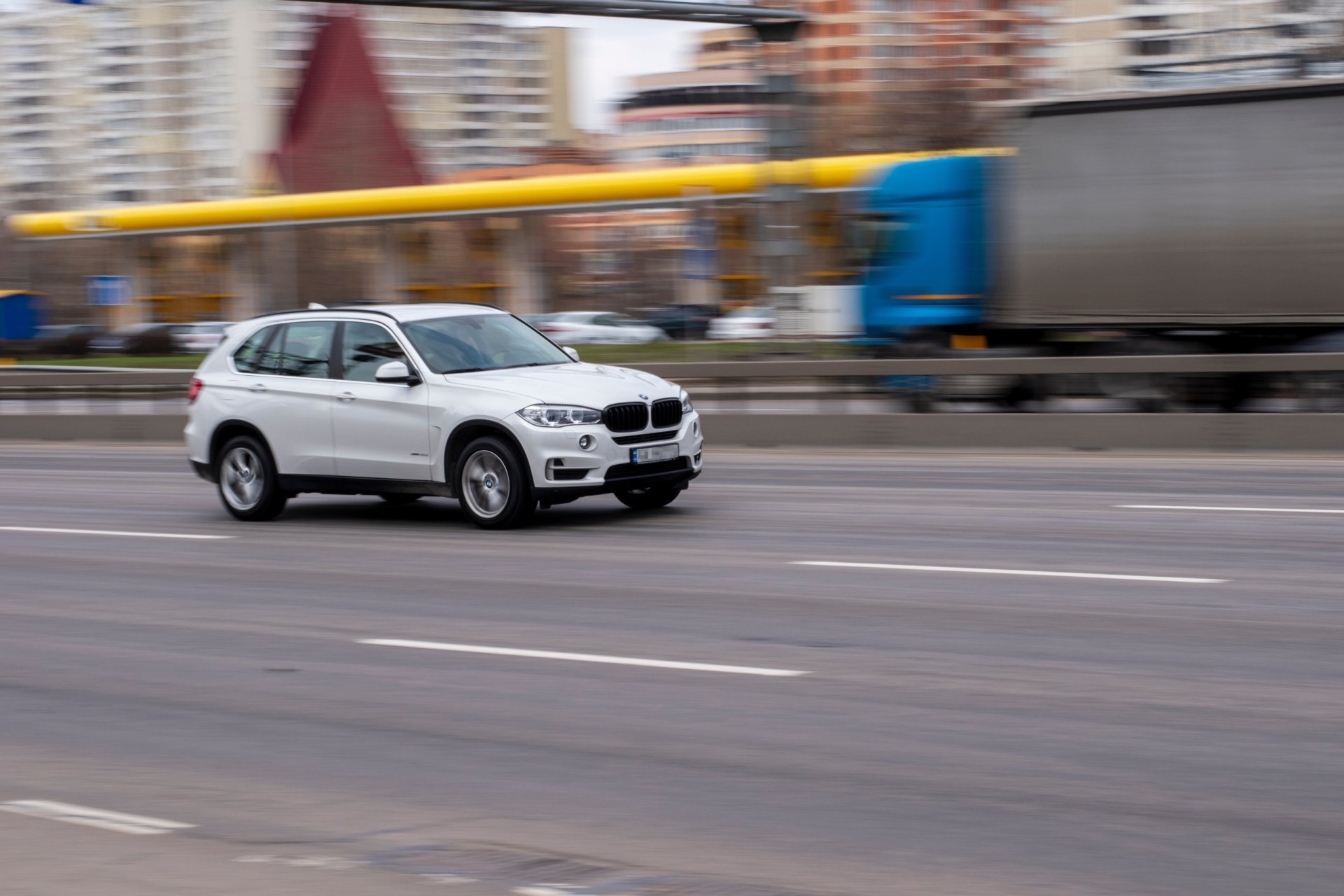
FIXD Reliability Score: 6-8/10
Owner Reliability Score: 8-10/10
KBB Value: $19,863-$27,708
Fuel Economy: 20-21 mpg (gas), 25 mpg (diesel), 56 mpg (hybrid)
Annual Maintenance/Repair: $750-$850
Safety Rating: 4.8/5
Dropping just slightly lower are the 2017 and 2018 BMW X5 models. These continue to get good ratings and remain reasonable to repair.
The Owner Reliability score of the 2017 BMW X5 is 8 out of 10, while the 2018 X5 model earns a perfect 10 out of 10. With the FIXD Reliability score, the 2017 BMW X5 earns 8 out of 10, while the 2018 X5 model has a 6 out of 10.
The 2017 and 2018 BMW X5s feature a crash test rating of 4.8 (out of 5). That’s as close to perfect as it can get.
These X5 models offer gas, diesel, and hybrid powertrain options. The 2017 BMW X5 scores a higher gas-powered rating of 21 mpg, while both have the same diesel (25 mpg) and hybrid (56 mpg) ratings.
The 2017 BMW X5 averages a cost of $850 a year. This is still reasonable, considering the age of the SUV. However, the 2018 BMW X5 does slightly better, with an average of $750 a year. The only minor concerns would be with the transmission and AC/heat on the 2017 model or the brakes with the 2018 X5.
The most common issue with both the 2017 and 2018 BMW X5 is the Evaporative Emission Control System Malfunction (P0440) code. Additionally, the 2017 X5 deals with the Valvetronic Sensors Supply Voltage Circuit Electrical (P10E2) DTC. With the 2018 BMW X5, you may notice a Battery Charger Control Module Lost Communication With Hybrid/EV Powertrain Control Module 2 On High Voltage Energy Management CAN Bus. (U185C) code. Both of these last two codes are BMW-specific and may require a specialized technician.
The 2017 BMW X5 has five recalls and three investigations. On the brighter side, the 2018 BMW X5 only has four recalls and three investigations.
2014-2015 BMW X5
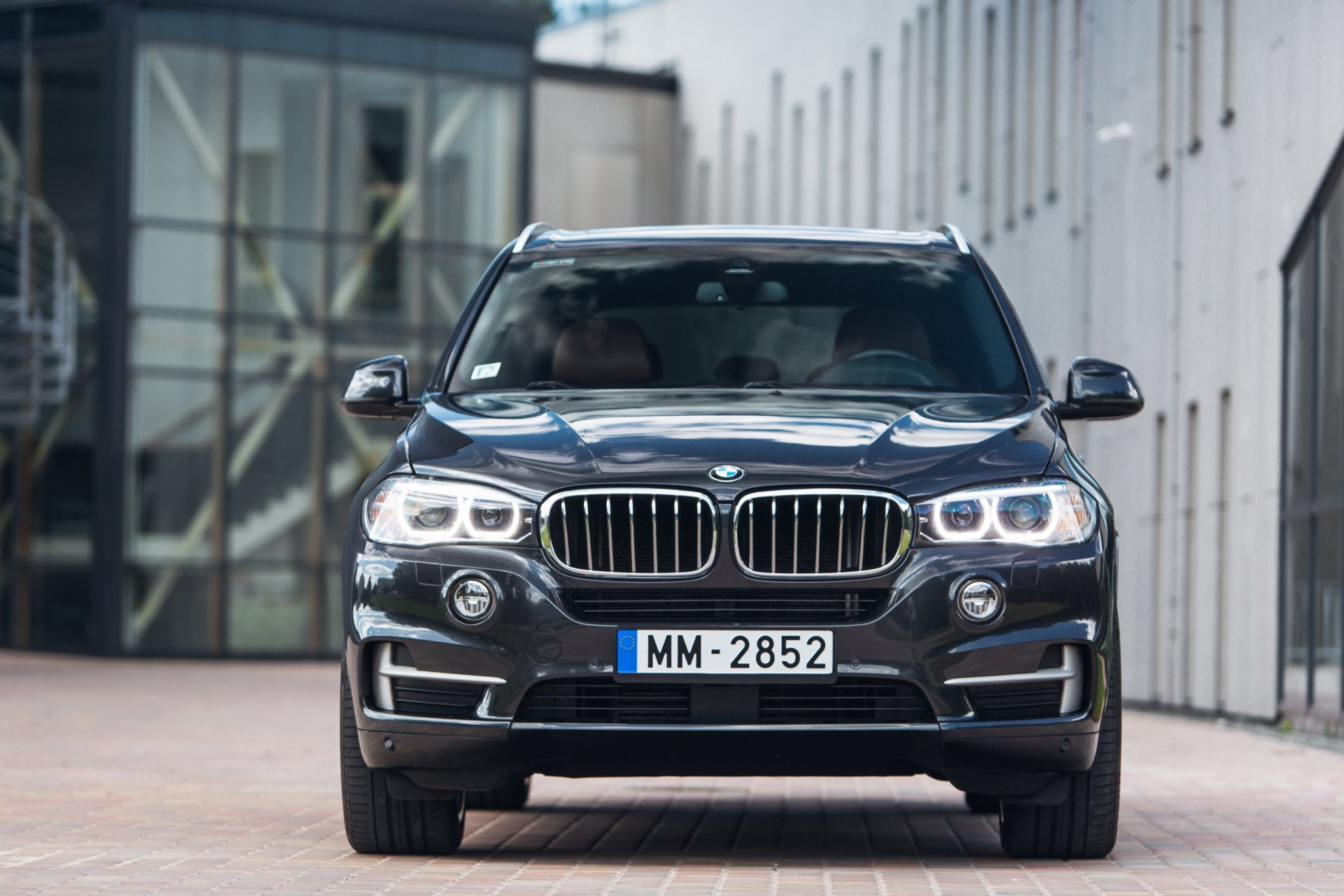
FIXD Reliability Score: 6/10
Owner Reliability Score: 8/10
KBB Value: $12,190-$16,129
Fuel Economy: 20 mpg (gas), 26 mpg (diesel 2014)
Annual Maintenance/Repair: $1,000-$1,750
Safety Rating: 4.8/5 (2015 model)
The ratings of the 2014 and 2015 X5 models are also something to be proud about. While ownership costs rise, these vehicles are normally worth the expense.
The Owner Reliability score of the 2014 and 2015 BMW X5 is 8 out of 10. With the FIXD Reliability score, the two BMW X5 models earn 6 out of 10.
We don’t have safety ratings for the 2014 BMW X5s. Yet, the 2015 X5 has a score of 4.8 (out of 5).
The 2014 and 2015 gas-powered X5 earn a rating of 20 mpg. There’s also a diesel variant available with the 2014 model, rated at 26 mpg.
As far as maintenance and repairs, you can expect a slightly elevated cost on these two X5 models. The 2014 X5 is rated at $1,750, while the 2015 BMW model has an estimated cost of $1,000 per year. Both seem to have a slightly elevated risk of brake trouble, while the 2014 X5 also deals with transmission, AC/heat, and fuel system concerns.
The most common code with the 2014 BMW X5 is the Control Module Comm Bus G Off (U0079) DTC. It also deals with the Coolant Thermostat Temperature Below Regulating Temperature (P0128) code. The 2015 BMW X5 deals with the Cylinder 3 Misfire Detected (P0303) code and the Random, Multiple Misfire Detected (P0300) code, which are usually related. More concerning is the System Too Lean Bank 1 (P0171) DTC. With this problem, you may need to replace the valve cover, which can cost $2,532 to $3,046.
Both the 2014 BMW X5 and 2015 BMW X5 have six recalls and two investigations from the NHTSA.
2012-2013 BMW X5
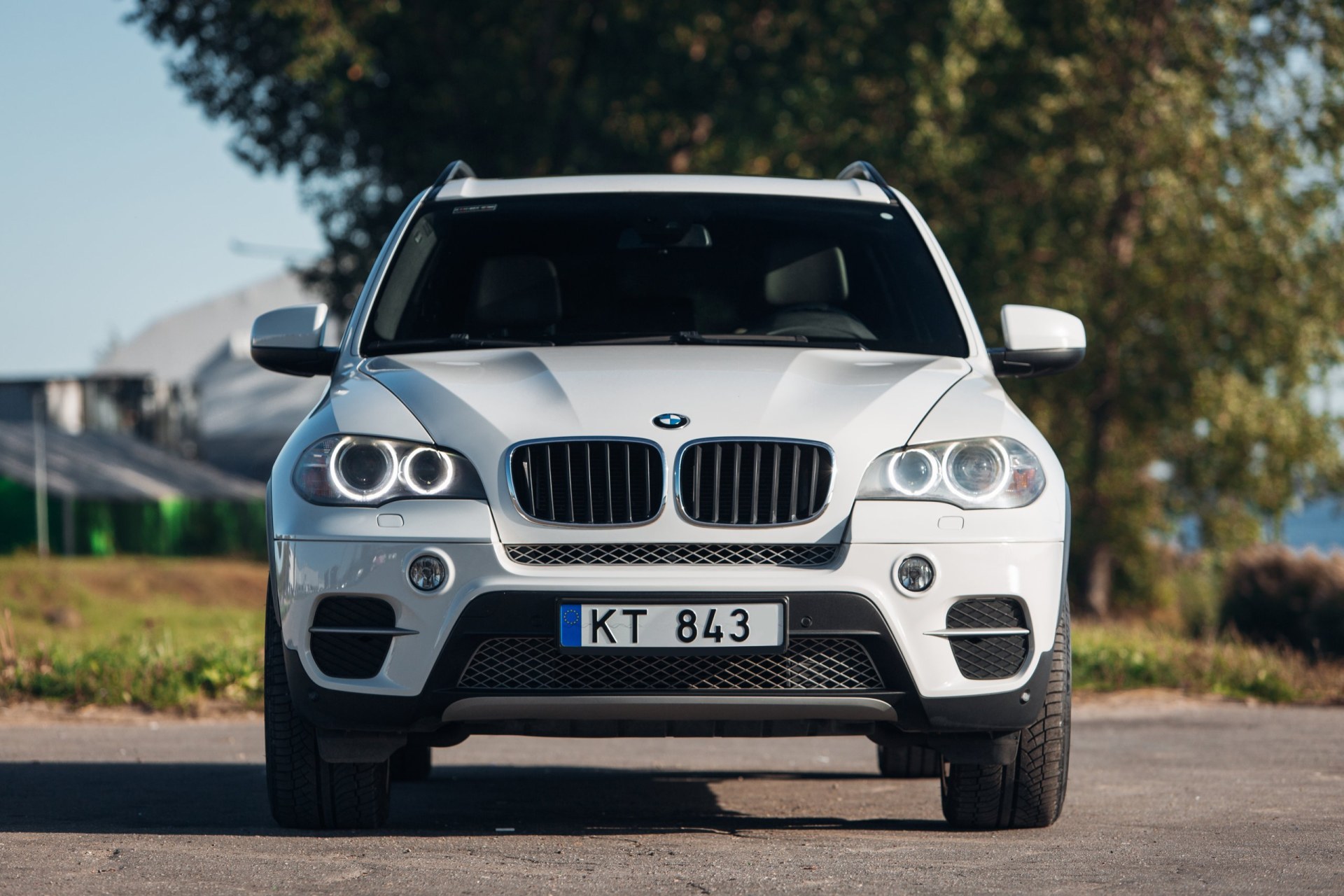
FIXD Reliability Score: 6/10
Owner Reliability Score: 8-9/10
KBB Value: $7,205-$7,741
Fuel Economy: 16-18 mpg (gas), 21-22 mpg (diesel)
Annual Maintenance/Repair: $1,107-$1,111
Safety Rating: 4.0/5
Rounding out the list are the final two models in the 2nd generation. These vehicles cost less to buy but are still considered reliable.
The Owner Reliability score of the 2012 BMW X5 is 8 out of 10, while the 2013 X5 model earns 9 out of 10. With the FIXD Reliability score, the two BMW X5 models earn 6 out of 10.
Both the 2012 and 2013 BMW X5 have a safety rating score of 4.0 (out of 5). This is considered below average when compared to other vehicles in our rankings.
The 2012 and 2013 X5 SUV comes in gas or diesel models. The 2012 X5 earns a rating of 16 mpg (gas) or 21 mpg (diesel), while the 2013 BMW model does slightly better at 18 mpg (gas) and 22 mpg (diesel).
The cost of maintenance and repairs on the two X5 vehicles is expected to be higher, considering their ages. We estimate $1,111 a year for the 2012 X5 and $1,107 a year for the 2013 BMW model. Both also show an increased risk of transmission, brake, and fuel system repairs, while the 2012 model ranks higher for engine, transmission, and AC/heat problems.
Both the 2012 and 2013 BMW X5 models deal with the Manifold Absolute Pressure To Throttle Angle Too High Bank 1 (P112F) code. The 2012 BMW X5 also shows a higher chance of the Fuel Shutoff Valve “A” Control Circuit High (P007B) code and the Valvetronic Control Phase V Circuit Open Bank 1 (P10F5) code. With the 2013 BMW X5, you have a higher chance of the Random, Multiple Misfire Detected (P0300) code and the System Too Lean Bank 1 (P0171) DTC.
The 2012 BMW X5 shows ten recalls and one investigation. In comparison, the 2013 BMW X5 has seven recalls and two investigations.
The Worst Years of the BMW X5

To choose the worst BMW X5 model years, we had to reference the same information used to pick the best options. We start with the models that have the largest issues or highest expenses and work our way up to the models that would work if you were in a pinch.
2016 BMW X5
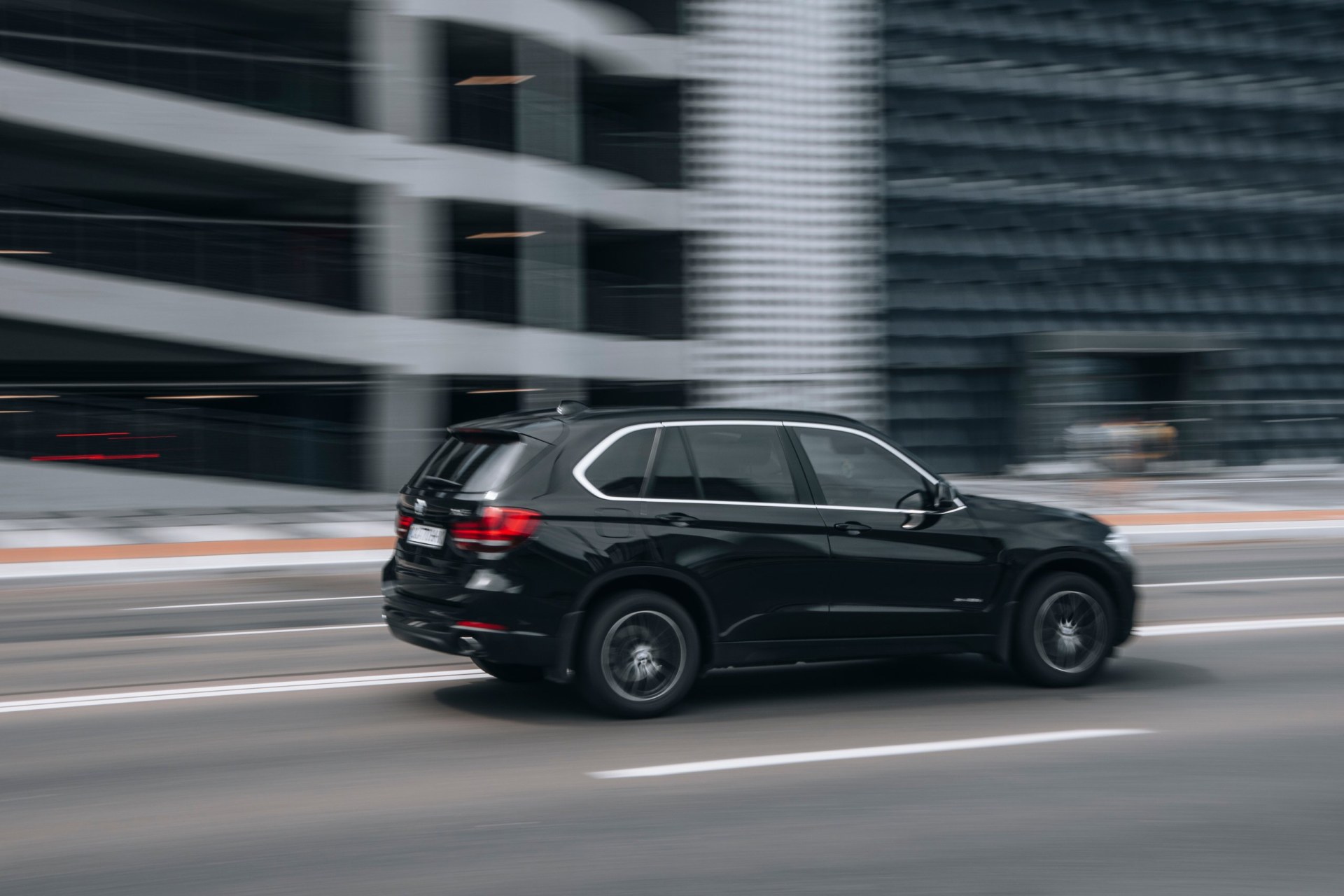
FIXD Reliability Score: 7/10
Owner Reliability Score: 7/10
KBB Value: $17,732
Fuel Economy: 21 mpg (gas), 56 mpg (hybrid)
Annual Maintenance/Repair: $1,667
Safety Rating: 4.8/5
At first glance, you may be tempted to trust the on-paper reliability of the 2016 BMW X5, but it is a model that is plagued with mechanical issues. While the X5 may be worth fixing, most owners aren’t going to want to spend the money for years to come.
The Owner Reliability score of the 2016 BMW X5 is 7 out of 10. With the FIXD Reliability score, the 2016 X5 model earns 7 out of 10.
The 2016 BMW X5 has a safety rating of 4.8 (out of 5). This is a good safety score and proves the SUV is a better choice from a safety standpoint.
The 2016 X5 comes in gas or hybrid models. It earns an average rating of 21 mpg with the gas engines and 56 mpg with the hybrid.
Here’s where things start to go downhill. We estimate the 2016 BMW X5 will cost an average of $1,667 yearly for repairs and maintenance. There’s also a much higher chance of expensive engine and brake repairs, which severely diminishes this model’s reputation.
The 2016 BMW X5 commonly has issues with the Valvetronic Control Phase V Circuit Open Bank 1 (P10F5) code. It also suffers from the Cylinder 2 Misfire (P0302) code and the Mass or Volume Air Flow ‘A’ Circuit Range/Performance (P00BD) DTC. Because some of these are BMW-specific, you may need to pay more for a specialized technician to look at them.
On the bright side, the 2016 BMW X5 shows four recalls and three investigations, which is better than other models.
2005-2006 BMW X5

FIXD Reliability Score: 1/10
Owner Reliability Score: 5-7/10
KBB Value: $3,028-$3,436
Fuel Economy: 16 mpg (gas)
Annual Maintenance/Repair: $1,100-$1,875
Safety Rating: 4.8/5
These older models have a high cost of ownership and aren’t worth a lot, so fixing them could be an issue.
The Owner Reliability score of the 2005 BMW X5 is 5 out of 10, while the 2006 X5 model is rated at 7 out of 10. With the FIXD Reliability score, the 2005 and 2006 X5 models earn 1 out of 10.
Both BMW X5 models have a safety rating of 4.8 (out of 5). This continues to be a higher rating than most.
The 2005 and 2006 X5 models only come with gas-powered configurations. They earn an average rating of 16 mpg.
These older models also have a higher cost of ownership. The 2005 BMW X5 is rated at $1,875 a year for repairs and maintenance, while the 2006 BMW X5 shows an average of $1,100 a year. Both models suffer from a higher chance of engine, transmission, brakes, and AC/heat repairs. Plus, the 2005 X5 also deals with expensive fuel system repairs.
The 2005 BMW X5 suffers most commonly from the O2 Sensor Circuit No Activity Detected Bank 1, Sensor 2 (P0140) code. It also deals with the Cylinder 6 misfire (P0306) DTC and the Cylinder 3 Misfire Detected (P0303) code. These problems could be related and may require a new ignition coil, costing between $51 and $173. With the 2006 BMW X5, we see higher instances of the Cylinder 2 Misfire (P0302) code, the Cylinder 4 Misfire (P0304) DTC, and the Random, Multiple Misfire Detected (P0300) code. There’s a chance this SUV will require a new crankcase pressure regulating valve, costing, on average, between $54 and $170.
The 2005 BMW X5 has seven recalls and two investigations. In comparison, the 2006 BMW X5 has nine recalls and two investigations.
2001-2002 BMW X5

FIXD Reliability Score: 1/10
Owner Reliability Score: 5-9/10
KBB Value: $2,349-$2,454
Fuel Economy: 15-16 mpg (gas)
Annual Maintenance/Repair: $500-$625
Safety Rating: N/A
One major repair will send these BMW X5 models to the junkyard, making them two model years you should probably avoid.
The Owner Reliability score of the 2001 BMW X5 is 5 out of 10, while the 2002 X5 model is rated at 9 out of 10. With the FIXD Reliability score, the 2001 and 2002 X5 models earn 1 out of 10.
The 2001 and 2002 X5 models only come with gas-powered configurations. The 2001 X5 earns a higher rating (16 mpg) than the 2002 X5 (15 mpg.)
Surprisingly, the cost of ownership seems minimal, but that may be because owners have stopped fixing the vehicle and are now driving it until the wheels fall off. Because of the low KBB value, you wouldn’t want to pay more than these estimates: $500 a year for the 2001 X5 and $625 a year for the 2002 X5 models. Yet, both X5s can suffer from engine issues, while the 2002 model also shows higher instances of brake problems.
The 2001 BMW X5 shows a higher chance of the Cylinder 3 Misfire (P1347) code. This could be related to the System Too Lean Bank 2 (P0174) DTC, the Fuel Control Mixture Lean Bank 2 Sensor 1 (P1085) code, and the System Too Lean Bank 1 (P0171) DTC, common on the 2002 X5 models. All of these codes may be related to a need for a new crankcase pressure regulating valve, costing on average between $54 and $170. There’s also a chance for the Misfire Cylinder 6 With Fuel Cut-Off (P1353) code with the 2001 BMW X5. With this, you may need a new ignition coil, costing $51 to $173.
The 2001 BMW X5 has 11 recalls. In comparison, the 2002 BMW X5 shows five recalls.
2008-2010 BMW X5
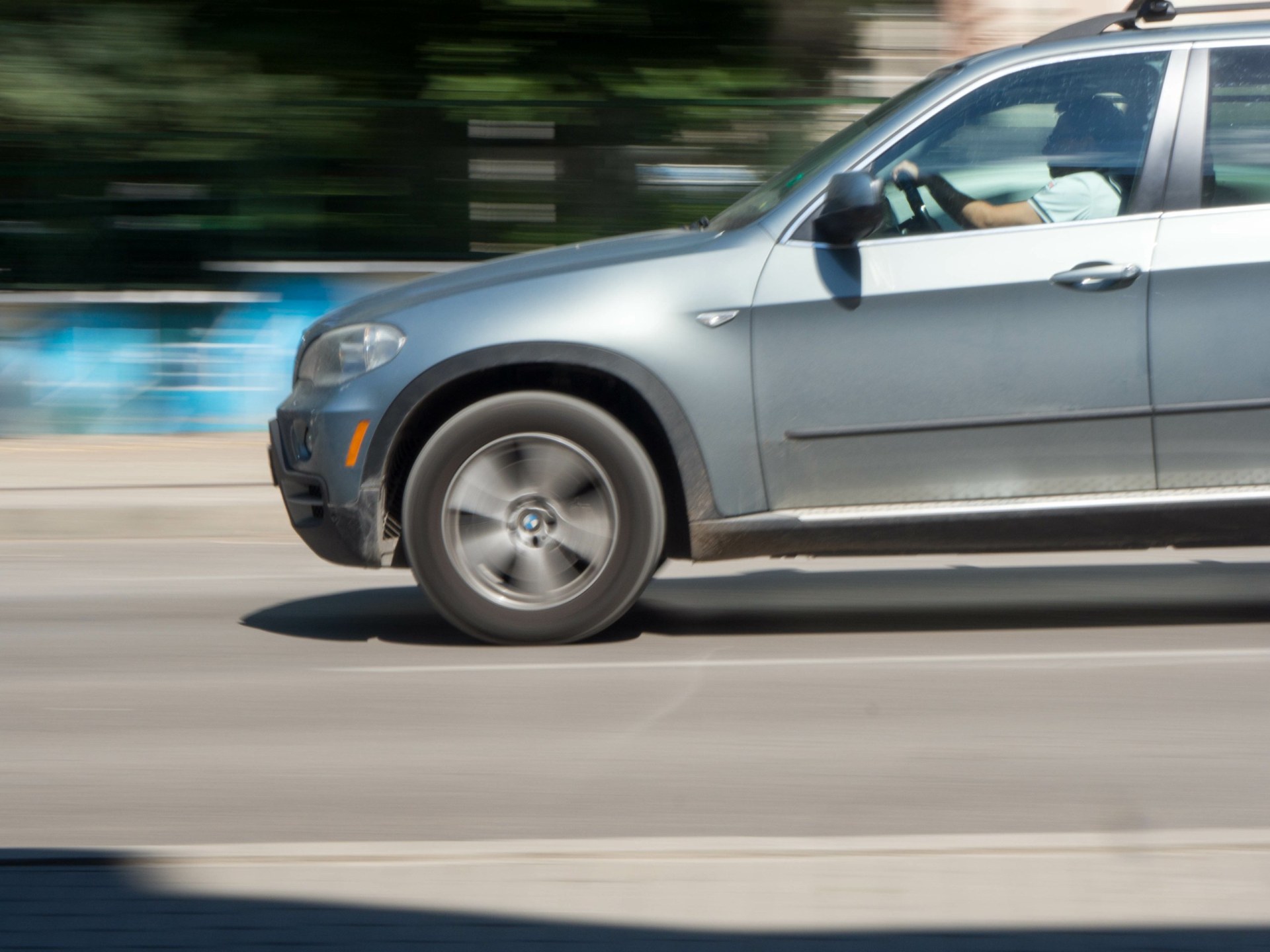
FIXD Reliability Score: 1-2/10
Owner Reliability Score: 6-10/10
KBB Value: $4,938-$6,959
Fuel Economy: 16-17 mpg (gas), 22 mpg (diesel 2009 & 2010)
Annual Maintenance/Repair: $250-$917
Safety Rating: 4.6/5
These models aren’t quite as bad as the others, but the lower KBB value and higher chance of repairs do make them questionable choices.
The Owner Reliability score of the 2008 BMW X5 is 6 out of 10, while the 2009 X5 model is rated at 7 out of 10, and the 2010 X5 earns 10 out of 10. With the FIXD Reliability score, the 2008 X5 model earns 2 out of 1, while the other two only earn 1 out of 10.
All three BMW X5 models have a safety rating of 4.6 (out of 5). This is a good score for the older model years.
There are multiple powertrain options available with these three X5 models. The 2008 and 2009 gas-powered X5 earns 17 mpg on average, while the 2010 X5 model drops slightly to 16 mpg. The diesel powertrain is available with either the 2009 or 2010 X5, with both earning a ranking of 22 mpg.
The cost of ownership appears low with the 2010 X5 ($250 a year) but goes up on the 2008 ($917) and 2009 ($850) models. All three have a higher chance of engine trouble, with the 2008 X5 also ranking high for transmission and brake problems. The 2009 BMW X5 may suffer from AC/heat trouble, while the 2010 X5 is known for fuel system issues.
All three models can suffer from the Catalyst System Efficiency Below Threshold (P0420) trouble code and the Catalyst System Efficiency Below Threshold Bank 2 (P0430) DTC. If you need to replace the catalytic converter, you could spend $1,538 to $2,041. The other major concern is with the 2010 X5 showing the Cylinder 6 misfire (P0306) DTC, which may indicate the need for a new ignition coil, costing between $51 and $173.
The 2008 BMW X5 has 16 recalls and one investigation. In comparison, the 2009 BMW X5 has 19 recalls and two investigations. Even worse, the 2010 BMW X5 has 21 recalls and two investigations.
FAQs
What years of the BMW X5 have engine and/or transmission problems?
According to our data, the 2001-2002, 2005-2006, 2008-2010, 2012, and 2016-2017 X5 models deal with more expensive engine repairs. There’s also a higher instance of transmission repairs with the 2005-2006, 2008, 2012-2014, and 2017 BMW X5 models.
What is considered high mileage for a BMW X5?
The BMW X5 is known as a reliable luxury SUV across several model years. However, it’s difficult to determine how long any vehicle will last without knowing how it was driven and its maintenance history. If no services have been missed, the X5 could reach more than 180,000 miles.
Based on our data, a high-mileage BMW X5 could be considered anything over 140,000 miles.
The 2002 and 2005 BMW X5 have the highest mileage in our surveys at 187,500 miles, but many of the luxury SUVs don’t go that far. If you choose to buy a high-mileage X5, expect a lower resale value.
Do any hybrid years have problems?
The hybrid engines have been offered with the 2016-2018 and 2020 to newer X5 models. We do show more engine troubles with the 2016 and 2017 models, so there may be issues with the hybrid powertrain.
What other vehicles should I consider?
BMW offers several other SUV models worth looking at, including the X1, X3, X4, X7, or the electric-powered iX Sport. Several sedans are worth considering, such as the 2 Series, 3 Series, 4 Series, 5 Series, 7 Series, or 8 Series.
If you are looking at a different brand, take a look at the Mercedes-Benz GLE Class, Porsche Cayenne, Genesis GV80, or Lincoln Aviator. There’s also the option to drive a Lincoln Nautilus, Land Rover Range Rover Sport, Audi Q7, Volvo XC90, Audi Q8, Acura MDX, BMW X6, Lexus RX 350, Cadillac XT5, or Cadillac SRX.
What owners of the BMW X5 like to use their car for:
Percent based x/5-star: 0-10% = 1, 11-20% = 2, 21-30% = 3, 31-40% = 4, 41%+ = 5
| Frequent Use Categories: | How Useful? (Out of 5 Stars) |
| Family Vehicle | **** |
| Lots of Driving (travel/long commute) | *** |
| Hauling/Towing | * |
| Office on Wheels | * |
| Sport/Fast Driving | * |
| Luxurious Driving | ** |
| Outdoor/Off-Road | * |
A Note About Data and Information Sources
This article has many details about BMW X5’s reliability; here’s what we used for our assumptions and recommendations.
- FIXD Reliability Score & Data: Engine reliability information is captured via the FIXD App.
The FIXD Reliability Score is calculated using the number of DTCs per year, weighted by mileage. This is then turned into a scale of 1-10 for easy graphing.
This is an objective score.
- Owner Reliability Score & Data: This data is the result of surveying BMW X5 owners who use FIXD.
The Owner Reliability Score comes straight from owners of the BMW X5.
This is a subjective score.
To determine the Owner Reliability Score we ask each car owner:
How reliable would you say your BMW X5 is?
a. Just point A to point B driving
b. A Daily Commuter
c. Good for a 100-mile road trip
d. Good for a 500-mile road trip
e. I could take a cross-country road trip, no problem
From here we translate their answers into the Owner Reliability Score:
a. = 2
b. = 4
c. = 6
d. = 8
e. = 10
Keep in mind, owners may think their car is more or less reliable than it actually is.
One potential problem is that people often buy the same make or model they are used to when they go car shopping, just a newer year.
Ford, for instance, has a number of consumer loyalty awards for the Ford F-Series, Ford Mustang, and Ford Expedition.
Car owners may be so loyal to the make or model they currently own that they would have trouble accurately comparing their cars’ reliability to others.
It’s for this reason that we ask car owners a question that is relative to mileage rather than relative to other cars.
Still, be mindful of the accuracy of these Owner Reliability Scores, people’s perceptions and unconscious blindspots can skew data.
We suggest looking at both the FIXD Reliability Score and the Owner Reliability Score for this reason.
- KBB Value: Average private-seller valuations as supplied by Kelley Blue Book (KBB), based on a BMW X5 with typical mileage for that respective model year.
- Fuel Economy: Mileage-per-gallon estimates according to the EPA MPG on Fueleconomy.gov
- Annual Maintenance/Repair: Upkeep expenses as reported by surveyed BMW X5 owners
- Safety Rating: Crash test data collected and reported by NHTSA. We average all ratings for each year to come up with a simplified, average safety score. This makes it easier to look at on a graph.
References
- BMW X5, wikipedia.org. Retrieved August 23, 2023, from https://en.wikipedia.org/wiki/BMW_X5
- BMW X5 reviews, edmunds.com. Retrieved August 24, 2023, from https://www.edmunds.com/bmw/x5/
- BMW Service & Warranty Books, bmwusa.com. Retrieved August 25, 2023, from https://www.bmwusa.com/explore/bmw-value/bmw-ultimate-service/service-and-warranty-books.html

Brian Jones owns a used car dealership outside of Dallas, Texas. He has also worked for decades as an ASE Certified Master Technician for a variety of new car dealerships. Now he spends his time consulting dealerships and writing for some renowned publications, such as Motor1 (https://www.motor1.com/info/team/brian-jones/). When he’s not working, he’s tinkering around with pickup trucks and traveling with his family.













